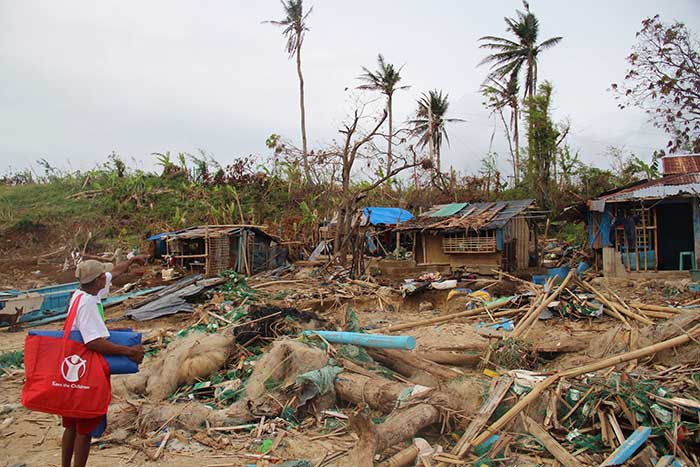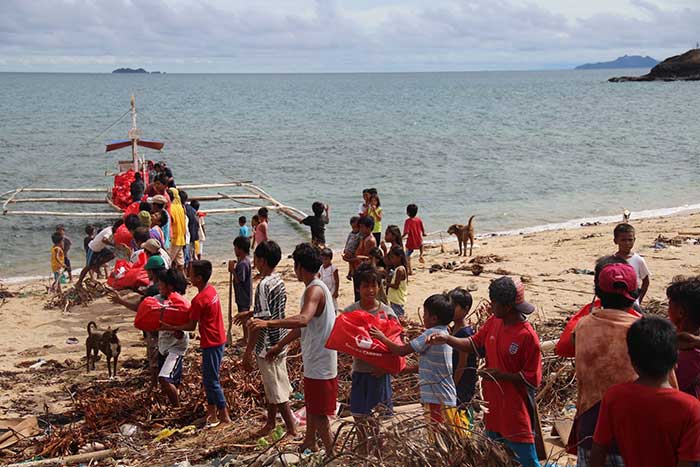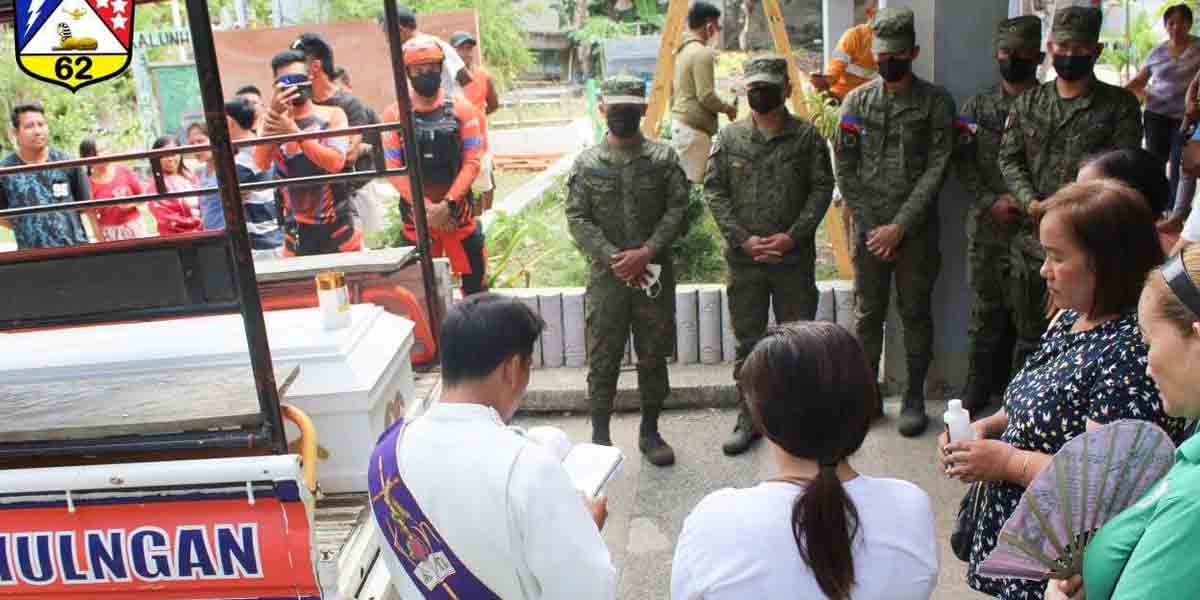“I can remember Save the Children very well because they were the first one to respond in Tacloban City,” recalls Lemuel Egot, a survivor of Super Typhoon Yolanda (Haiyan).
Lemuel was one of the more than 1.5 million Filipino children affected by Yolanda in 2013. “I can still remember the bright red pail full of hygiene materials. It was so helpful then because money can’t buy anything during that time. We didn’t have food either.”
In the aftermath of Yolanda, Save the Children immediately mounted a massive humanitarian response targeting the needs of child survivors and their families, especially those affected in the most geographically isolated and disadvantaged areas in Tacloban and Ormoc in Leyte, Panay Islands, and Estancia and Roxas in Iloilo.
“Save the Children believes every child deserves a future. Our Yolanda response aimed to provide affected children and their families immediate support and help them restore their lives throughout the years,” said Save the Children Philippines CEO, Atty. Alberto Muyot.
Over 550,000 people, including around 266,000 children, were reached by Save the Children’s Yolanda Response.
Save the Children provided 73 child-friendly spaces and over 50 temporary learning spaces which supported learning continuity and provided safe spaces for thousands of children to play and recover from their experiences.
More than 42,000 consultations were conducted at the mobile health clinics that were set up by Save the Children and more than 45,000 shelter kits have been distributed to families who lost their homes.
Recognizing the right of children to be protected every day and in times of crisis, Save the Children Philippines led the advocacy for the passage of Republic Act 10821 or the “Children’s Emergency Relief and Protect Act” signed into law in 2016, as well as its implementing rules and regulation.
“This landmark law is truly significant in the fulfilment of children’s rights to proper healthcare, access to education, and protection from violence at all times, most especially before, during, and after emergencies.”
“As Filipino children continue to face the threats of calamities, disasters, and impacts of the climate crisis, we continue to urge the Department of the Interior and Local Government (DILG) to prioritize the development and roll-out of the Comprehensive Emergency Program for Children (CEPC) and its localization across all 1,700 LGUs, as mandated by RA 10821,” said Muyot.
“A decade after Yolanda, Save the Children not only helped hundreds of thousands of children and people recover but it also made sure that a child protection law is in place and the programs it implemented are meaningful and sustainable. I am grateful to see that many child survivors like me have become productive citizens and are living better lives because Save the Children created lasting positive change in our lives,” concludes Lemuel.
























